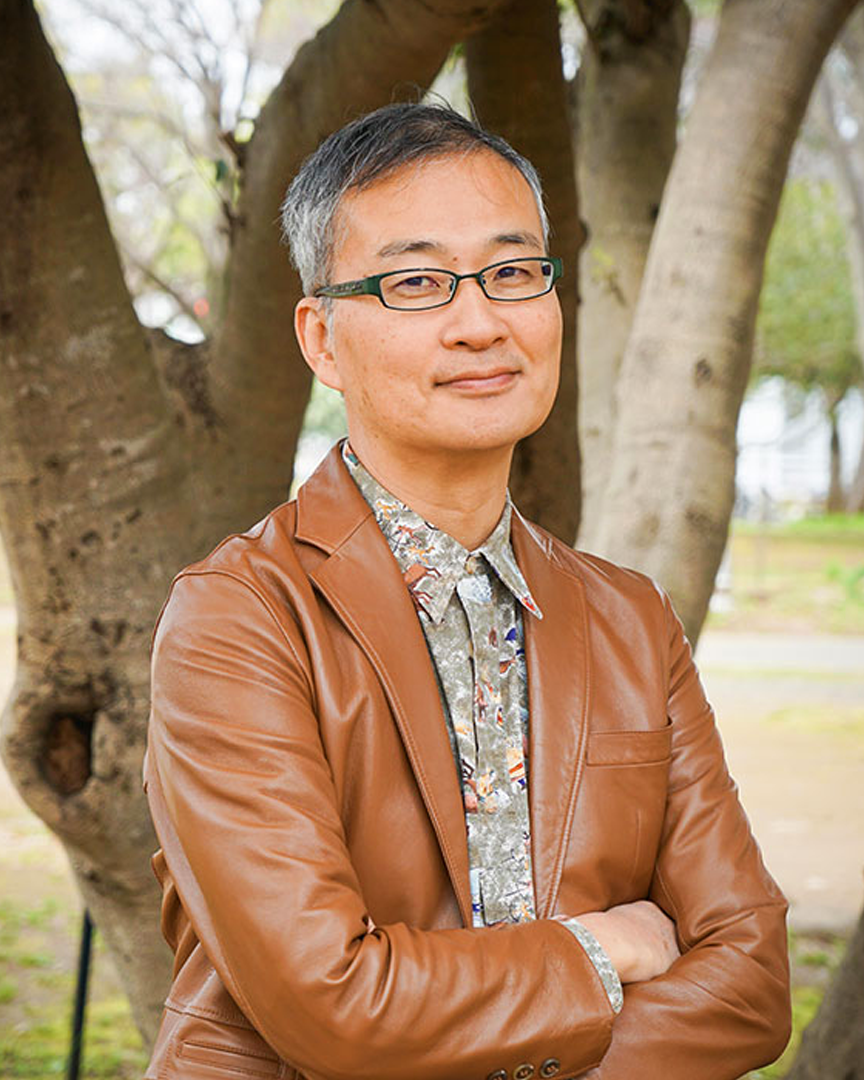Establishment of the core research institute for neutrino drivenmulti messenger astronomy

-
- Principal Investigator
Professor / Shigeru YOSHIDA
- Affiliation
International Center for Hadron Astrophysics, Chiba University
Researchmap
ORCID ID
- Principal Investigator
There is a bundle of "high-energy" matter in the universe that travels at the speed of light. Most of it consists of protons and atomic nuclei, the basic components of matter. These high-energy particles are called cosmic rays.
Some of these particles have more than 1,000 trillion times higher energy than visible light. How were these cosmic rays, which can be considered a product of the extreme universe, created?
The International Center for Hadron Astrophysics (IceHap) has a research mission to unravel this greatest mystery in astrophysics.
To achieve this mission, IceHap uses a novel method to investigate the extreme high-energy universe by capturing neutrinos, one of the subatomic particles. This new frontier in astronomy is called "neutrino astronomy,” defining the astronomy of the 21st century.
However, detecting cosmic neutrinos has been extremely difficult.
The penetrating nature of neutrinos, which rarely collide with matter, makes them fairly useful for space exploration. Because of their non-interacting nature, however, most neutrinos pass through Earth without leaving any traces, even when detectors are built. A detector of considerable volume is needed to capture any rare traces left by high-energy neutrinos.
We proposed the ambitious idea of using Antarctica's glaciers as a detector to overcome this problem, which led to the birth of the IceCube Neutrino Observatory by the international collaboration.
Since the project's inception in 2002, IceHap has been the only central member from Japan and the only core research institute in Japan promoting neutrino astronomy to achieve many era-defining results, including the discovery of high-energy cosmic neutrinos.
IceHap's future strategy is to become the world's leading core research institute for "multi-messenger astronomy," where we will observe and analyze data from multiple messengers from the universe.
This project aims to build a framework for this goal and elucidate the long-standing mysteries of the universe. To achieve this, we plan to:
- Build infrastructure and an international research team to support the R & D of a future experiment (IceCube-Gen2) that will significantly improve neutrino observation capabilities.
- Provide an interdisciplinary research platform to promote multi-messenger astronomy with the strong world-leading researchers.
- Proactively increase outreach and communication activities to enhance the brand equity of Chiba University.

©IceCube Collaboration
Polar night shot taken during the Antarctic winter season.
The IceCube control room tower against a background of stars and the Iridium flare (satellite flare) glowing beautifully beside the Milky Way.

©IceCube Collaboration
The IceCube control room in Antarctica.
There are 5,160 DOM photodetectors buried in the glacier. This control room, built on the ice, is connected to each detector by a cable.
Cables pass through the pillars on the left and right of the control room to collect the detected data and supply power.
Both photographs were taken by IceCube wintering crew members, who stay at the local experimental site throughout the year.
As the Antarctic Research Expedition can be reached by plane only during the summer season, which is from November to February, two wintering crew members stay in the study field for almost a year to maintain equipment. We cannot experience polar nights or aurora borealis during the summer, so this spectacle is a privilege for the wintering party.
